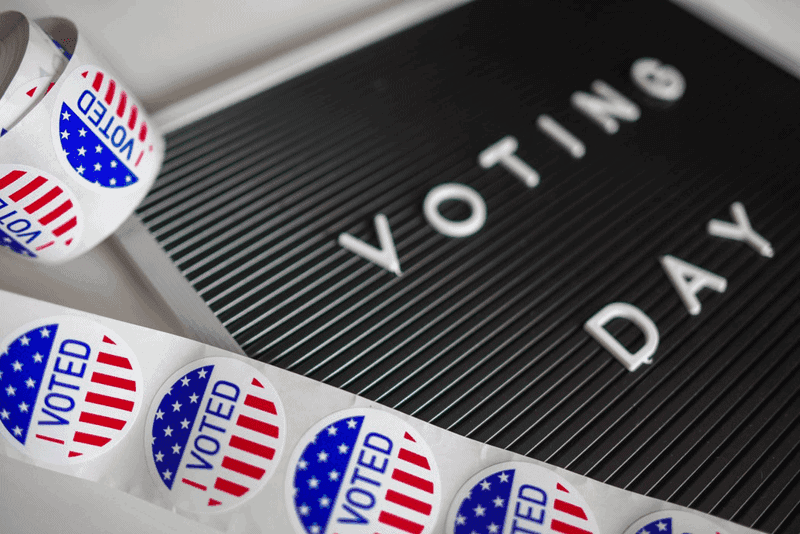
Understanding the Different Types of Auto Insurance Policies
Free ConsultationThe state of California requires that all drivers carry auto insurance. However, determining what type of insurance to purchase can be confusing. We’ve put together this guide so you can understand what auto insurance you must carry—and what you should carry.
What Are the Different Types of Auto Insurance in California?
The most common types of coverage your insurance will offer you include the following:
Liability Auto Insurance
In the event of a car accident, liability auto insurance covers the bodily injury and property damage you cause to another person. For someone’s liability coverage to go into effect, they must be found at fault, or liable, for the accident.
How Liability Works In California
Determining who is liable for causing a car accident is extremely important in the aftermath of a collision. The driver deemed at fault for the accident will be responsible for covering the costs of the other driver’s auto repairs and any medical treatment they may need. The payment for these costs comes from the at-fault driver’s liability auto insurance policy.
The auto insurance companies involved in the collision will usually determine who they think is liable after an internal investigation, and several factors—witness statements, police reports, or any statements made by the drivers—may influence their conclusion.
Sometimes, these companies will determine that both drivers were responsible for the collision. In these cases, California’s comparative fault laws allow a partially at-fault driver to recover damages from the other driver’s liability policy.
For example, if you were found 25% responsible for an accident, you can recover up to 75% of your damages from the other driver, assuming they have enough coverage. So if your car repairs cost $1000, you could recover $750 from the other driver’s insurance. You would be responsible for the remaining $250.
How Policy Limits Work
Like any insurance policy, a liability auto insurance policy has an upper limit of damages it will cover. This upper limit is called a “policy limit.”
For example, a bodily injury liability policy with a $50,000 limit will cover up to $50,000 of the other person’s medical treatment in an accident you cause.
Unfortunately, a victim’s damages may sometimes exceed the at-fault driver’s insurance policy limits. In these cases, the driver may be personally liable for the excess damages they cause.
California Liability Auto Insurance Minimum Requirements
Because car accidents happen so frequently in California, all drivers must carry minimum liability car insurance coverage to drive legally in the state.
The minimum coverage you must carry under California law is:
- $15,000 for the death or bodily injury of one person
- $30,000 for the death or bodily injury for all people hurt in an accident
- $5,000 for property damage
Keep in mind, this is the minimum required coverage. A victim’s medical and property damage costs will very quickly exceed these amounts in a serious collision. As stated earlier, the at-fault driver may be personally responsible for covering the difference if they don’t have enough coverage.
Though liability auto insurance is the most expensive type of insurance, carrying the maximum coverage you can afford is the best way to protect yourself if you’re involved in a costly and disastrous car accident.
Uninsured/Underinsured Motorist Coverage
Despite the law, the unfortunate reality is that many people in California drive without auto insurance. Even though they will be held personally liable if they cause a collision, many uninsured drivers do not have the means to pay for the other person’s damages.
Carrying uninsured motorist (UM) coverage may help you recover when you’re injured in an accident by someone who doesn’t have insurance. It pays for medical bills, funeral expenses, and other costs for people injured in a car accident caused by an uninsured driver.
Underinsured motorist (UIM) coverage provides similar benefits: if you’re injured by a person carrying the minimum liability insurance, your UIM coverage can help make up the difference between their insufficient policy limits and the actual cost of your injuries.
Notably, neither UM or UIM cover property damage caused by an uninsured or underinsured motorist. Instead, a separate coverage option—uninsured motorist property damage (UMPD) coverage—can cover these expenses. If you have collision coverage, however, you do not need UMPD.
While you are not required to carry uninsured/underinsured motorist coverage, your insurance company is required by law to offer it to you.
Uninsured/underinsured motorist coverage is always an excellent addition to your policy. It is relatively inexpensive and protects you from another person’s poor decisions and inadequate coverage.
Collision and Comprehensive Insurance
Together, collision and comprehensive car insurance cover damage to your car in various situations. When grouped with liability auto insurance, collision and comprehensive make up what is commonly known as “full coverage car insurance.”
Collision
Collision insurance covers damages incurred when your vehicle collides with something—even if the collision was your fault. This can include another vehicle, a guardrail, a tree, or a bicycle or pedestrian.
For example, let’s say your auto insurance determined you were at fault for an accident. In that case, your collision coverage would pay for damage to your vehicle, while your liability coverage would pay for damages to the other driver’s car.
Collision insurance also covers the cost of your car repairs if your car is damaged by an unidentified driver in a hit and run.
Comprehensive
On the other hand, comprehensive insurance covers damage to your vehicle caused by factors unrelated to driving. These may include, but are not limited to:
- Flood
- Falling objects, such as trees or rocks
- Theft
- Vandalism
- Fire
- Wind
- Hail
Insurance companies usually offer collision and comprehensive together. Premiums for these policies are based on the vehicle’s value, so they can be rather high for newer or more expensive cars. Coverage is also usually subject to a deductible.
Despite the price, collision and comprehensive is usually worth it for high-value vehicles. Full coverage is also required for leased or loaned vehicles in California.
Med Pay Coverage
Med Pay, short for medical payment coverage, is optional insurance that pays medical or funeral expenses in the event of a crash. Most Med Pay policies cover you, your passengers, and your immediate family members if they are hurt in a car, pedestrian, or public transportation accident.
Med Pay covers medical expenses regardless of fault, up to the policy limits. There are generally no deductibles, coinsurance policies, or restrictions on the medical providers you can visit. It may even cover medical treatment that your regular health insurance policy won’t cover.
Med Pay coverage is particularly useful for those without health insurance, or those with very high health insurance deductibles and copays.
What Happens If I Don’t Have Car Insurance in California?
Driving in California without the required minimum insurance coverage is against the law. California law requires drivers to show proof of insurance to law enforcement officers when asked. If you cannot show proof of insurance, you will need to pay hundreds of dollars in fines and penalties (which often cost more than the minimum required car insurance policy).
If you cause an accident without insurance, the DMV could suspend your driver’s license. Even if you’re hurt in an accident that wasn’t your fault, you will have less legal recourse if you don’t carry car insurance. In other words, you will not be able to recover pain and suffering damages from the at-fault driver if you don’t have insurance yourself.
So How Much Car Insurance Do I Need?
As lawyers are infamous for saying—it depends. If you park your car on the street in a high-crime area, it may be worth purchasing comprehensive coverage. Or if your deductible on your health insurance policy is very high, Med Pay might be worth it.
Ultimately, it’s best to purchase the maximum insurance coverage you can afford. After a terrible car accident, a hefty car insurance policy is the best way to protect yourself and others from unforeseen, life-changing damages.
PARRIS Fights for Victims of Auto Accidents
Any accident—whether a pedestrian accident, bus accident, motorcycle accident, or something else—is a devastating, preventable event that can change your life forever. Navigating the insurance world in the aftermath of an accident can be extremely confusing, especially when you’re facing a mountain of unexpected medical bills and expenses.
A trusted law firm can help. PARRIS car accident lawyers have been in the industry for nearly four decades. We have the expertise and resources to fight for you and your family, and we’ll make sure you see the justice you deserve.
Contact PARRIS today to schedule your free case review with our team.






